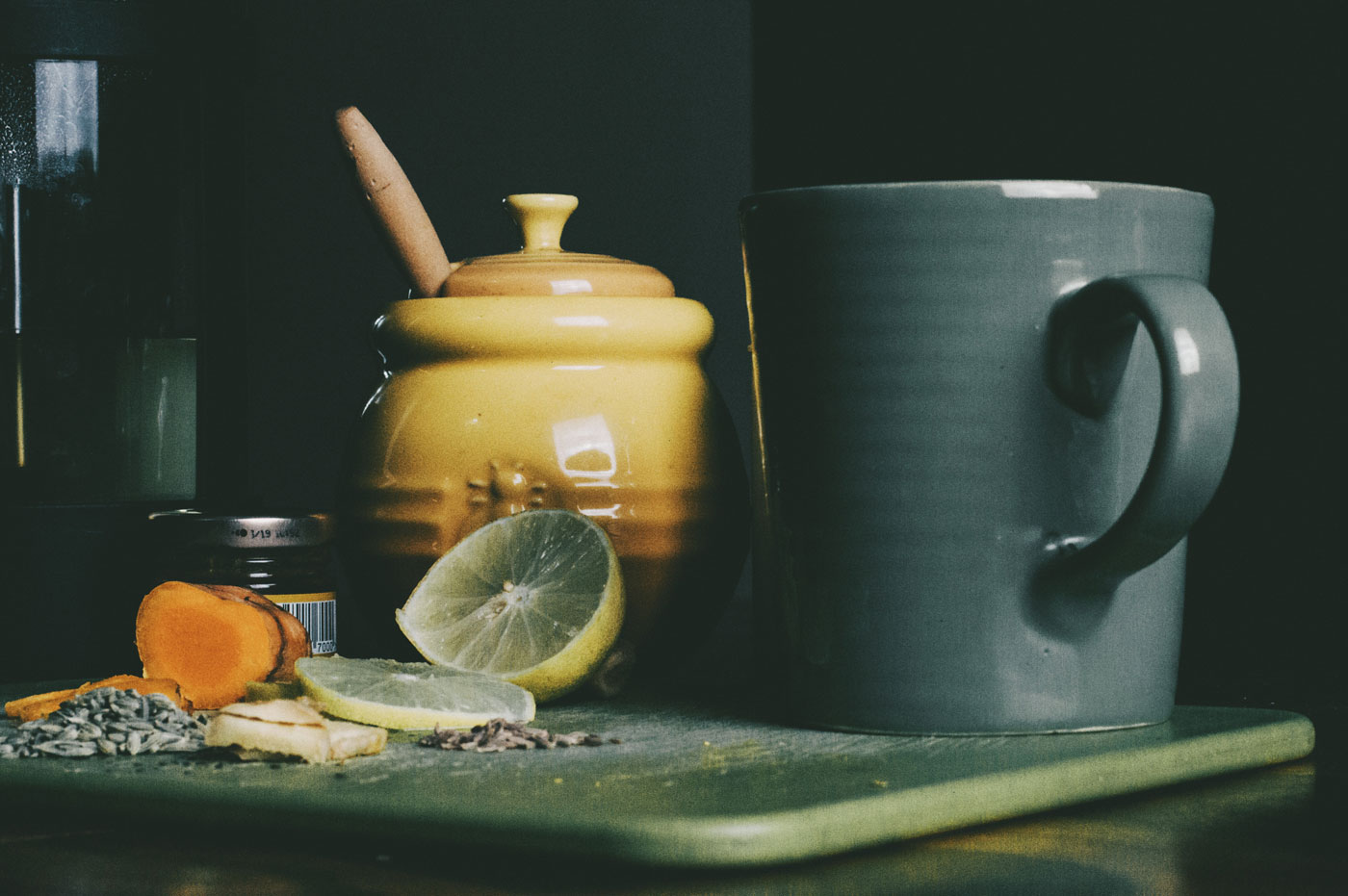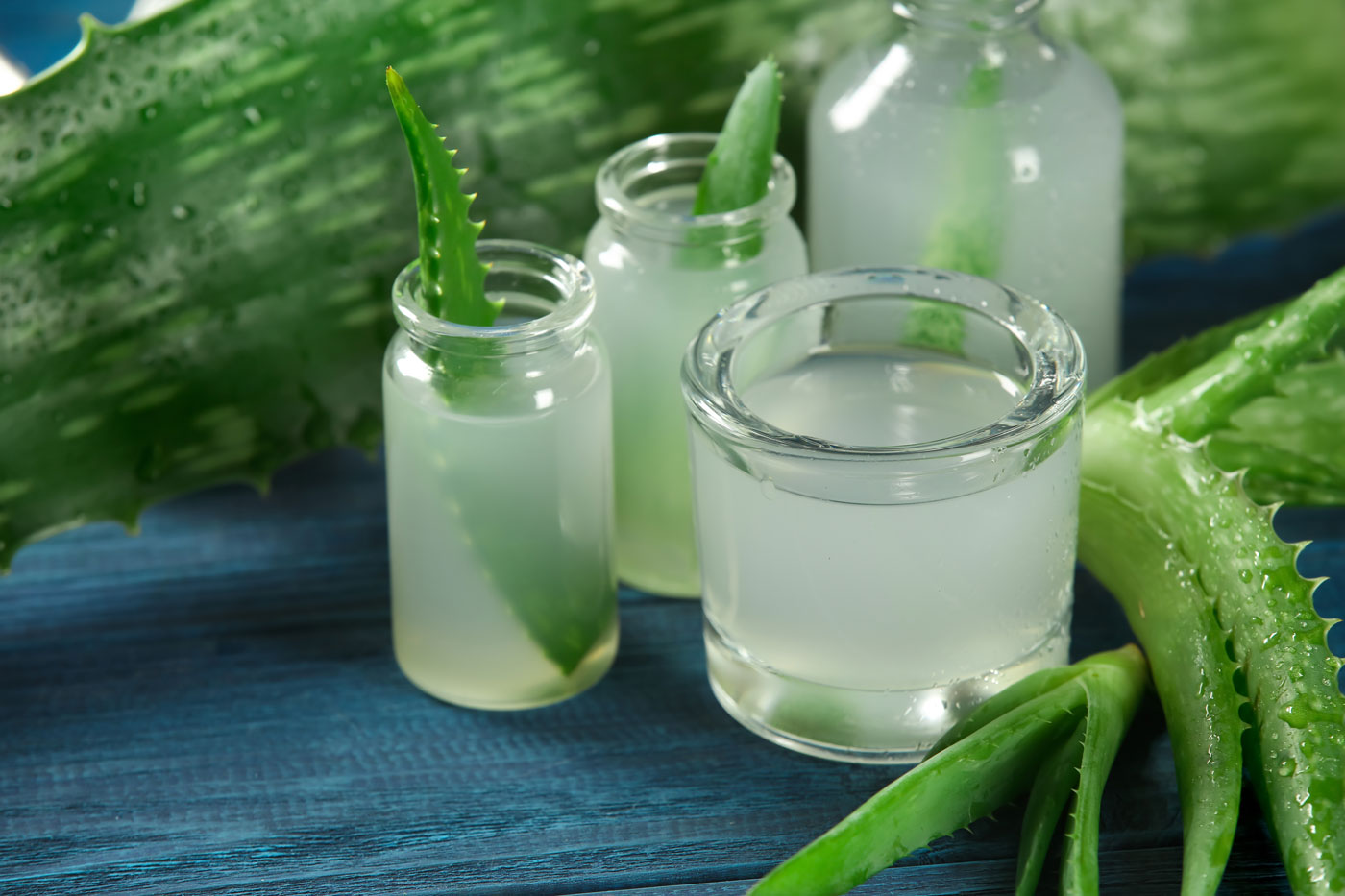
The Healing Plants of the Bible
Mentioned throughout the Bible, select medicinal plants were frequently used in ancient times. Today, these same botanicals are associated with potent healing properties. Here are a few popular examples:
Aloe (Aloe Vera) — The juice of this plant was commonly used in lotions, perfumes, and incense during biblical times. Today, we use it to heal burns and skin irritations, alleviate constipation, and to lower blood sugar levels in diabetics. It also has antibacterial, antiviral, and anti-cancer properties.
Garlic (Allium sativum) — Garlic has traditionally been used in Hebrew culture to warm the body, kill parasites, and increase virility. In our modern age, garlic is used for cancer, diabetes, hypertension, and inflammation. It is also effective against colds and influenza.
Flax (Linum usitatissimum) — Flaxseed oil was used in ancient times as a remedy for burns and constipation. Over the last decade, flax has reemerged as a superfood in its own right for the ability to prevent cancer, boost the immune system, and improve cardiovascular health. It also calms inflammation and arthritis. Moreover, flaxseed is an outstanding herb for autoimmune disorders, respiratory problems, and diabetes.
Other herbs mentioned in the Bible with medicinal properties include: cinnamon, frankincense, mint, mustard, and chicory (one of the “bitter herbs”), to name just a few.

Traditional Chinese Medicine and Ayurvedic Herbal Remedies
Natural healing methods have a long and respected history throughout China and India that goes back thousands of years. Both are finely tuned healing modalities based on the close observation of how plant medicine and lifestyle influence human health. Below are three classic herbs that have been used in both TCM and Ayurveda for a millenia and are just as relevant today as they were in the past.
Turmeric (Curcuma longa) — Historically, turmeric was used in Ayurveda for healing the upper respiratory tract, disorders of the skin, joint mobility, and the digestive system. In Traditional Chinese Medicine, turmeric was considered helpful for rheumatoid arthritis, irregular menstruation, gallstones, and rheumatism. While still used today for these ailments, science has found that the herb is also beneficial for brain function and lowering the risk of brain diseases, such as Alzheimer’s disease and depression, cancer prevention and treatment, and controlling diabetes. Turmeric is also helpful for reducing cholesterol levels and promoting wound healing.
For full benefit, take the herb with finely ground black pepper to increase the bioavailability of the curcumin found in turmeric. I pack this mixture into capsules and take 2 to 8 capsules (1 to 4 grams) per day.
Licorice Root (Glycyrrhiza glabra) — With a long history of use in ancient Assyria, Egypt, China, and India, licorice root was used to treat lung, liver, circulatory, and kidney diseases. In our modern age, the botanical is not only used for the diseases above, but also for leaky gut, inflammation, bacterial and viral infections, PMS, menopause, and cancers of the prostate, skin, and colon.
Ashwagandha (Withania somnifera) — Revered in Ayurveda, ashwagandha was considered a general health tonic that has strong sedative, diuretic, and anti-inflammatory properties. The same holds true today. As an adaptogen, it is known for mitigating the effects of stress. The herb also increases energy and is often taken for diabetes, colds and coughs, ulcers, insomnia, Parkinson’s disease, asthma, arthritis, nervous disorders, and more. You can find ashwagandha in my Anxiety & Stress Tincture at the Apothecary.
Deepen Your Knowledge of Medicinal Herbs
Are you interested in medicinal herbs and DIY herbal remedies? Then my book is for you! Not only does The Lost Book of Herbal Remedies provide high-quality color photographs and descriptions for the identification, harvesting, and application of the herbs detailed above and other medicinal plants, but it also shows you how to prepare tinctures, decoctions, teas, salves, oil infusions, poultices, and balms right in your own home! You can learn more about this valuable resource and guide here.
Nicole Apelian




